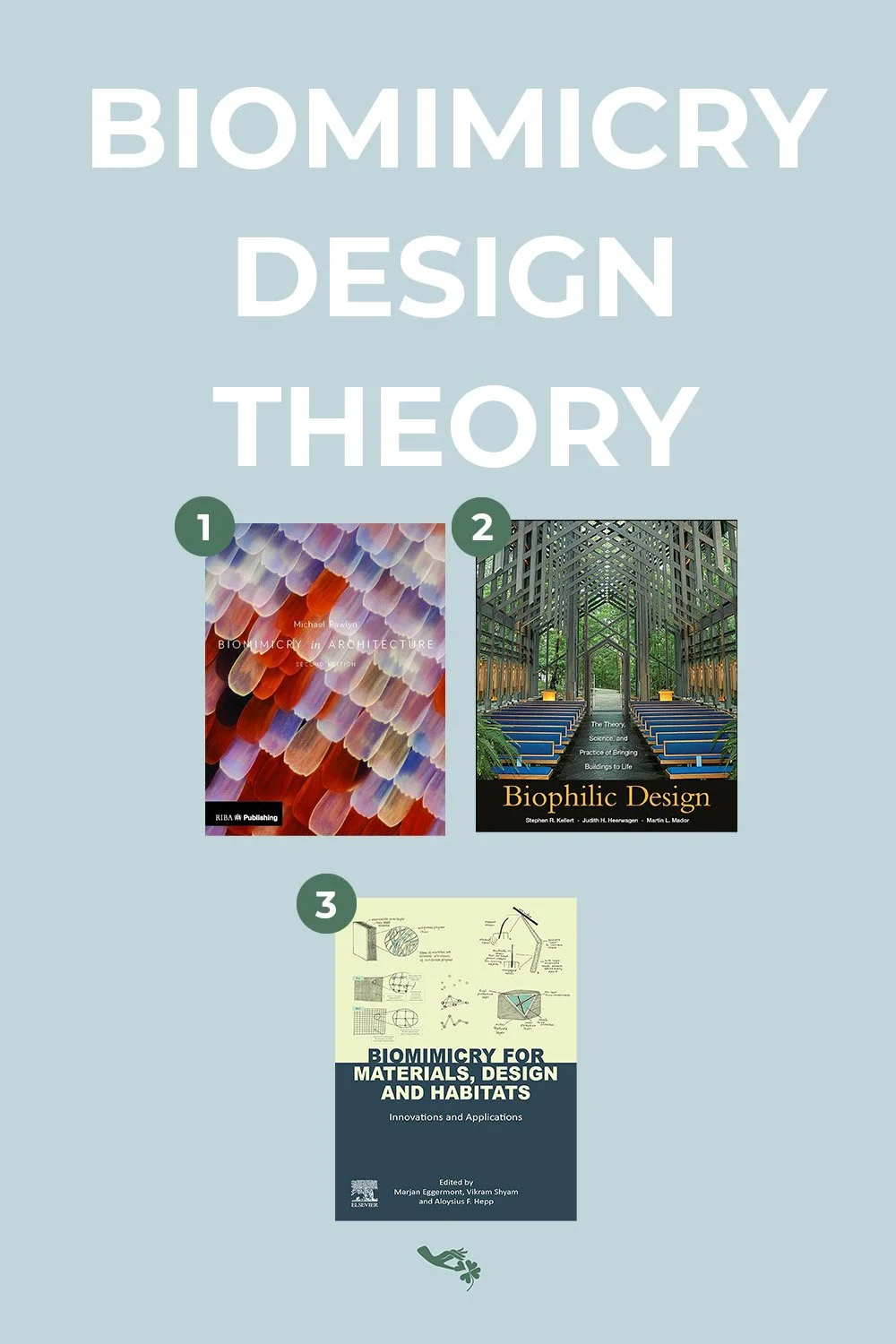Biomimicry In Design: Transforming Interior Spaces with Biophilic Theory
This blog post contains affiliate links. For more information please visit our disclaimer page.
In the realm of interior design, the convergence of biomimicry and technology has sparked a wave of innovation aimed at creating spaces that not only emulate nature's beauty but also leverage its ingenious solutions for enhanced functionality and sustainability. By drawing inspiration from the natural world, designers are unlocking a treasure trove of biomimetic technologies to revolutionize interior environments. Let's delve into some remarkable examples:
Adaptive Facades Inspired by Plant Adaptations
Just as plants adapt to changing environmental conditions by opening and closing their pores (stomata), adaptive facade systems mimic this behavior to regulate temperature and airflow within buildings. These facades, equipped with sensors and actuators, respond dynamically to external stimuli, adjusting their permeability to optimize energy efficiency and indoor comfort. By emulating nature's responsive mechanisms, such biomimetic facades offer a sustainable solution for climate control in interior spaces.
Photo by Frames For Your Heart on Unsplash
Diagram of architectural design development | Diagram from Science Direct
Gecko-inspired Adhesives for Versatile Attachment
The remarkable adhesive properties of gecko feet have inspired the development of synthetic adhesives capable of clinging to various surfaces without leaving residue. In interior design, these gecko-inspired adhesives find applications in modular furniture, wall panels, and decorative elements, enabling flexible and damage-free attachment without the need for traditional fasteners or adhesives. This biomimetic technology not only enhances design versatility but also facilitates easy reconfiguration and maintenance of interior spaces.
Termite-inspired Ventilation Systems
Termite mounds exhibit remarkable ventilation efficiency, maintaining stable internal temperatures despite external fluctuations. By studying the intricate network of tunnels and chimneys within termite mounds, engineers have developed biomimetic ventilation systems for buildings. These systems harness natural convection principles to regulate airflow, minimize energy consumption, and improve indoor air quality. In interior spaces, termite-inspired ventilation technology ensures optimal comfort and environmental performance while reducing reliance on mechanical ventilation systems.
Termite mound | Photo from Wikimedia Commons
Eastgate Centre in Harare Zimbabwe | Photo from Wikimedia Commons
Eastgate Centre Interior in Harare, Zimbabwe | Photo from Wikimedia Commons
Self-healing Materials Modeled After Living Organisms
Nature possesses innate regenerative capabilities that inspire the development of self-healing materials for interior applications. Drawing inspiration from biological processes such as wound healing in organisms, scientists have engineered materials capable of autonomously repairing damage caused by wear and tear. In interior design, self-healing coatings, fabrics, and finishes prolong the lifespan of furniture, surfaces, and flooring, reducing maintenance costs and enhancing durability. This biomimetic technology offers a sustainable solution for maintaining pristine interior environments over time.
Self-healing wall using fungi | Photo by Shane Rounce on Unsplash
Bioluminescent Lighting Inspired by Deep-Sea Creatures
Bioluminescence, the ability of certain organisms to produce light, has captivated researchers seeking novel lighting solutions for interior spaces. By mimicking the biochemical mechanisms underlying bioluminescence, designers have developed biomimetic lighting fixtures that emit gentle, diffused light reminiscent of natural phenomena. These bioluminescent fixtures not only create enchanting visual effects but also promote relaxation and well-being in indoor environments. From ambient lighting to decorative accents, bioluminescent technology adds a touch of magic to interior design while reducing energy consumption.
Bioluminescent corals | Photo by David Clode on Unsplash
Incorporating biomimicry technologies into interior design not only enhances aesthetic appeal but also fosters sustainability, efficiency, and occupant well-being. By harnessing nature's genius, designers are pushing the boundaries of innovation to create interior spaces that seamlessly integrate with the natural world while meeting the evolving needs of modern living. As biomimetic principles continue to inspire technological advancements, the future of interior design promises to be both captivating and environmentally conscious, guided by the wisdom of the natural world.
READ MORE ON BIOMIMICRY IN INTERIOR DESIGN THEORY:
MORE POSTS ON INTERIOR DESIGN THEORY:
















